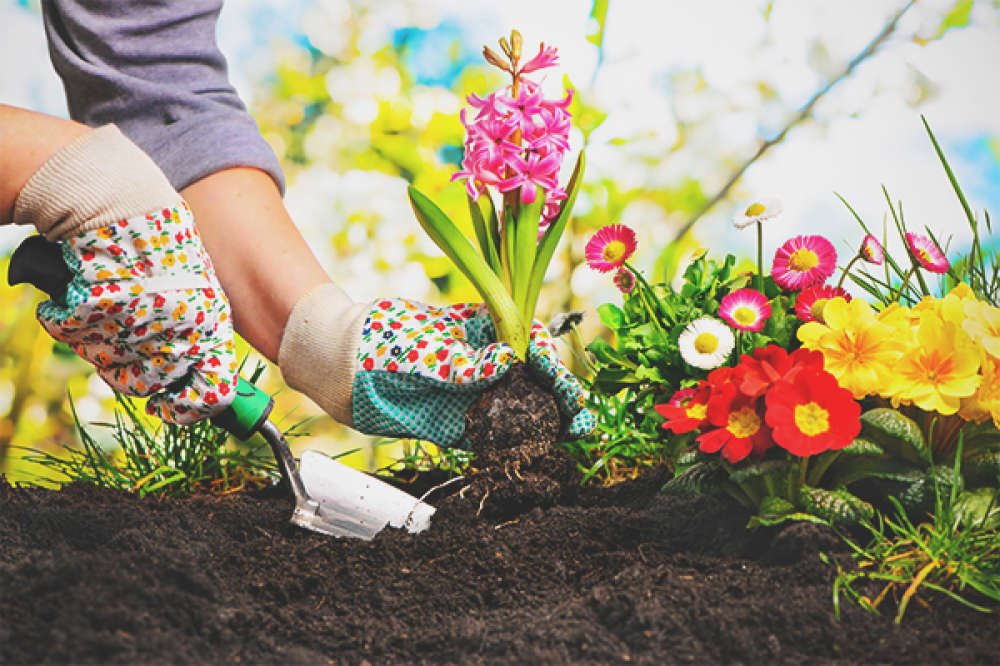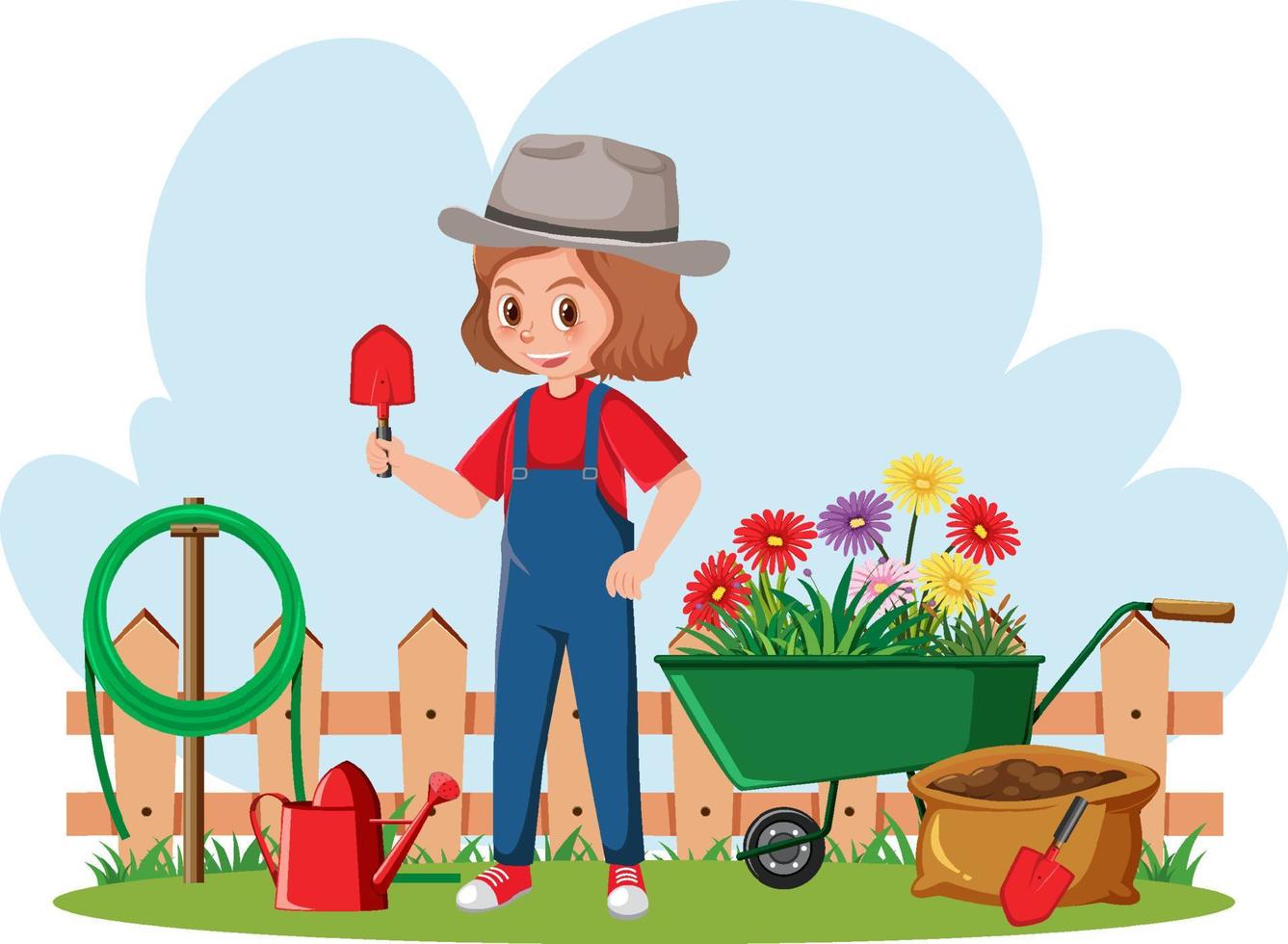From Beginner to Environment-friendly Thumb: A Step-by-Step Journey With the Art of Gardening

Understanding Your Horticulture Area
To start your gardening trip, it is necessary to comprehend the one-of-a-kind qualities and constraints of your gardening area. Are there any kind of specific obstacles you may face, such as bad dirt quality or restricted water schedule? Recognizing these elements will assist you make educated choices about the kinds of plants that will certainly flourish in your room.
Take into consideration the size of your gardening location. If you have a little area, you may need to concentrate on container horticulture or vertical gardening to maximize your growing location. On the various other hand, if you have a huge space, you have the luxury of planting a selection of plants and creating different zones within your garden.
Next, examine the quantity of sunlight your area gets. This will certainly identify which plants will certainly grow and which ones might have a hard time. You can choose for shade-loving plants like ferns or hostas if your space is shaded. If your room obtains complete sunlight, you can grow a variety of plants, including veggies, blossoms, and natural herbs.
Lastly, consider any difficulties or limitations particular to your room. If your soil quality is inadequate, you might need to modify it with garden compost or choose plants that are forgiving of less-than-ideal conditions. You can decide for drought-tolerant plants or carry out water-saving techniques like mulching. if water is limited.
Choosing the Right Plant Kingdoms for Your Garden
Select plants that are well-suited to your yard's special conditions and your individual choices. When selecting plants for your yard, it is necessary to think about factors such as sunlight, dirt type, and environment. Have a look at the amount of sunlight your yard receives throughout the day. Some plants prosper completely sun, while others favor partial or even full color. Think about the dirt type in your yard too. Some plants choose well-drained dirt, while others thrive in damp or clay-like soil. In addition, consider the climate in your location. Some plants are much better suited for hot and completely dry environments, while others can stand up to cooler temperatures.
It's also worth considering the maintenance level of the plants you choose. Some plants call for even more treatment and interest, while others are a lot more low-maintenance.
Preparing the Soil for Planting
First, evaluate the problem of your dirt to establish if any kind of enhancements or changes are needed. The top quality of your dirt is crucial for the success of your yard. Beginning by inspecting the appearance of the soil. Is it sandy, loamy, or clayey? Sandy soil drains swiftly, while clayey dirt preserves water. Loamy soil is the excellent balance between the two. Next off, inspect the pH degree of your dirt. A lot of plants choose a somewhat acidic to neutral pH, around 6.0 to 7.0. If your dirt is as well acidic or alkaline, you may require to change it utilizing soil modifications such as lime or sulfur. Additionally, you must take into consideration the nutrition web content of your dirt. Conduct a soil test to determine if any important nutrients are lacking. This will certainly aid you make a decision which fertilizers or organic issue to include. Make certain that your dirt is well-draining. Inadequately drained dirt can result in water logged roots and other plant health concerns. If needed, improve drain by including organic matter like compost or peat moss. By examining and making needed amendments to your soil, you can produce an optimum environment for your plants to prosper.
Nurturing and Maintaining Your Garden
Make certain to water your plants deeply, permitting the water to permeate the dirt and reach the origins. Regular weeding read here is additionally essential to keep your yard complimentary from undesirable plants that compete for nutrients and area. On a regular basis examine your plants for any indications of problem or ailment and take immediate activity to prevent more damages.
Troubleshooting Common Horticulture Issues
To attend to usual gardening problems, beginning by identifying the problem and taking immediate action. Among one of the most common problems garden enthusiasts face is parasites. You might have a parasite infestation if you discover eaten fallen leaves or plants that are shriveling for no apparent reason. Examine your plants carefully for indicators of pests or other parasites. If you spot any type of, eliminate them by hand or make use of natural pest control methods. Another typical issue is nutrition shortage. If your plants have actually yellow or discolored leaves, they may not be getting get more enough nutrients. Consider feeding your dirt or including garden compost to boost its vitamins and mineral web content. Overwatering is another issue that can harm your plants. You might be overwatering if you observe waterlogged soil or wilting despite ample watering. Readjust your More about the author watering timetable appropriately and make certain proper drainage. Illness can also affect your yard. If you see spots, mold and mildew, or uncommon growth on your plants, maybe an indicator of illness. Eliminate impacted plants and deal with the remaining ones with natural fungicides or pesticides. By quickly addressing these usual problems, you can guarantee the health and success of your yard.
Verdict
Congratulations! You have actually successfully completed the trip from novice to eco-friendly thumb in the art of horticulture. By understanding your gardening space, selecting the right plants, preparing the dirt, and nurturing your garden, you have gotten over common gardening concerns like a pro. Now, armed with understanding and experience, you are all set to enjoy the appeal and wealth of your prospering garden. Keep up the magnum opus and remain to cultivate your green thumb!

When selecting plants for your garden, it is vital to think about aspects such as sunlight, dirt type, and climate. Some plants like well-drained soil, while others grow in clay-like or moist soil (newbie gardening). By understanding your horticulture space, picking the right plants, preparing the soil, and supporting your garden, you have actually gotten over usual gardening concerns like a pro